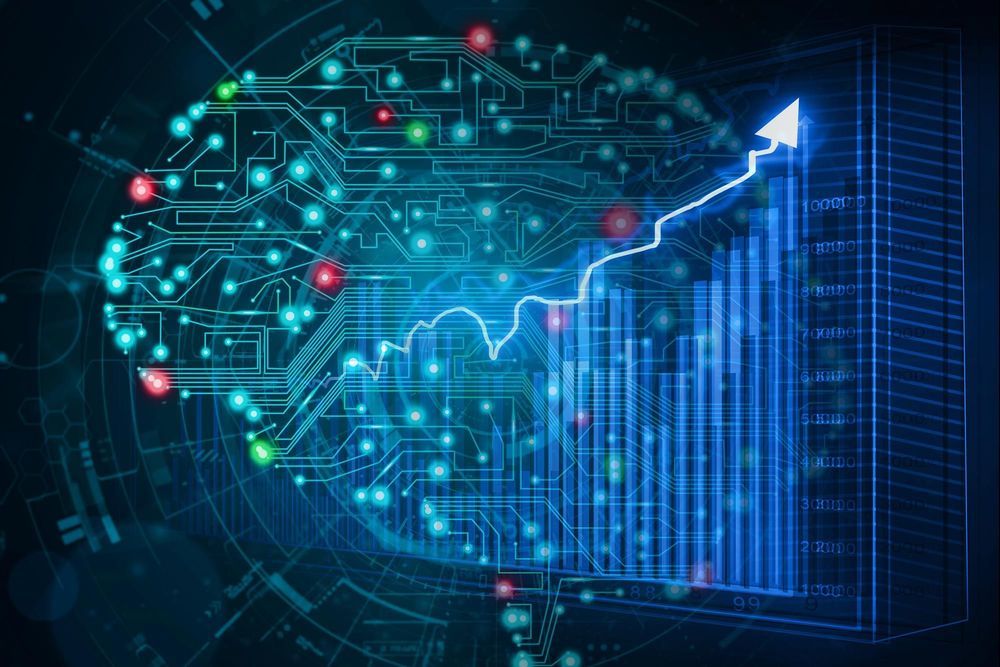Researchers in Italy have melded the emerging science of convolutional neural networks (CNNs) with deep learning — a discipline within artificial intelligence — to achieve a system of market forecasting with the potential for greater gains and fewer losses than previous attempts to use AI methods to manage stock portfolios. The team, led by Prof. Silvio Barra at the University of Cagliari, published their findings on IEEE/CAA Journal of Automatica Sinica.
The University of Cagliari-based team set out to create an AI-managed “buy and hold” (B&H) strategy — a system of deciding whether to take one of three possible actions — a long action (buying a stock and selling it before the market closes), a short action (selling a stock, then buying it back before the market closes), and a hold (deciding not to invest in a stock that day). At the heart of their proposed system is an automated cycle of analyzing layered images generated from current and past market data. Older B&H systems based their decisions on machine learning, a discipline that leans heavily on predictions based on past performance.
By letting their proposed network analyze current data layered over past data, they are taking market forecasting a step further, allowing for a type of learning that more closely mirrors the intuition of a seasoned investor rather than a robot. Their proposed network can adjust its buy/sell thresholds based on what is happening both in the present moment and the past. Taking into account present-day factors increases the yield over both random guessing and trading algorithms not capable of real-time learning.







